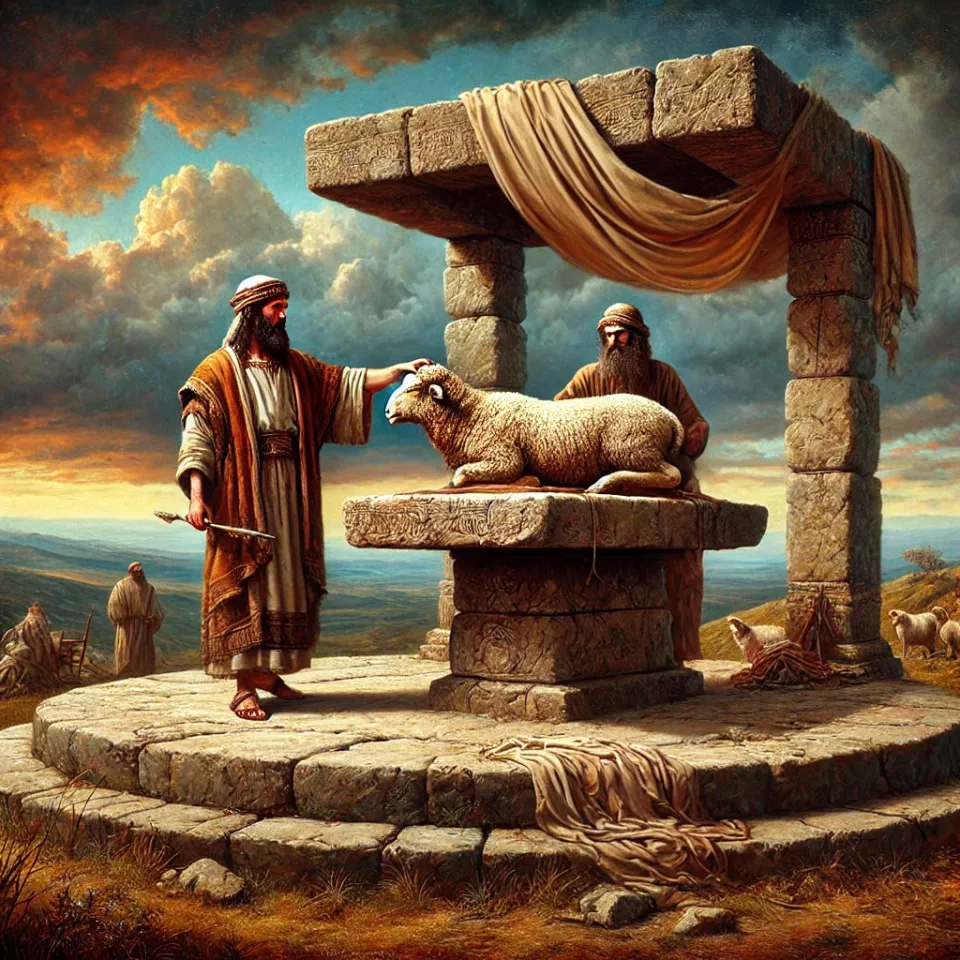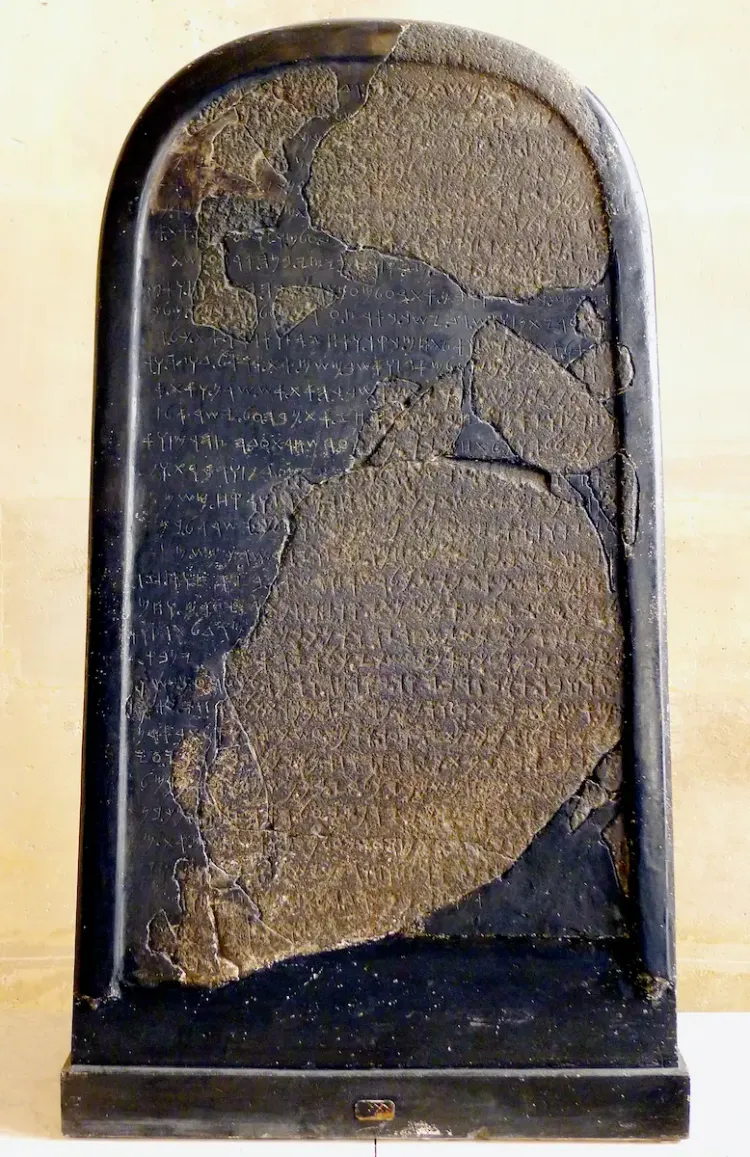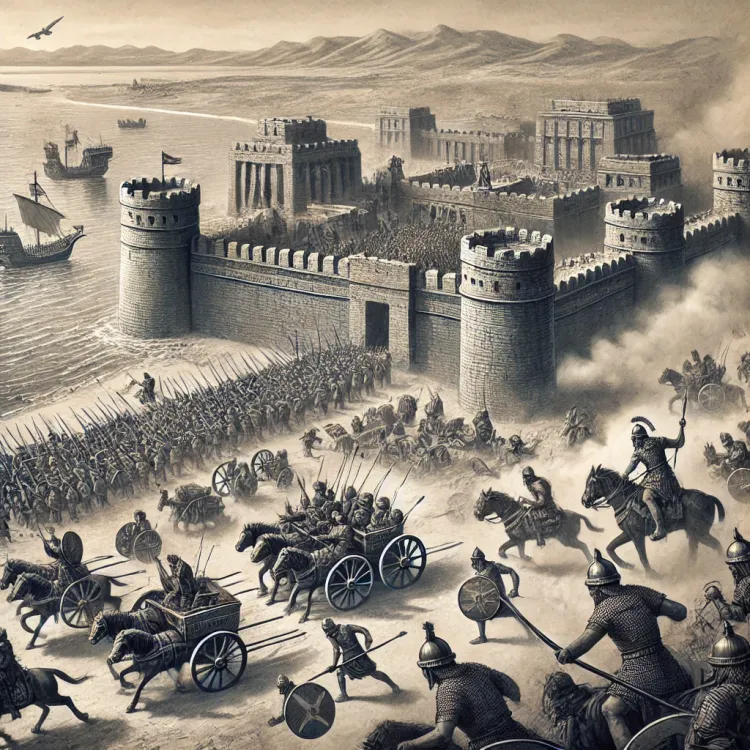High Places, Big Moves: How Jerusalem Became the Only Game in Town

Ancient Israelites didn’t always centralize worship. For centuries, they offered sacrifices to Yahweh at local shrines called bāmôt. Even Solomon used them. The big shift came under kings Hezekiah and Josiah, who began tearing down the high places and enforcing Deuteronomy 12’s call for one exclusive worship site—Jerusalem. This was not just about religious purity; it was a savvy political move. Centralizing sacrifice meant centralizing power.
Picture this: it’s a few thousand years ago, and you want to worship Yahweh. What do you do? Easy—you head up the nearest hill, find a high place (bāmâ), build an altar, and offer a sacrifice. That was standard. There wasn’t just one place to worship in ancient Israel; there were many. Shrines dotted the landscape like Starbucks. Some were humble. Others, like the ones at Dan or Arad, were full-on temple complexes. The idea that there should be just one place to worship—the Temple in Jerusalem—didn’t take hold until pretty late. And it didn’t happen quietly.
For centuries, Israelites worshipped Yahweh all over the place. Literally. In 1 Kings 3:3, Solomon himself is said to love Yahweh, but he “sacrificed and burned incense at the high places.” That’s Solomon—King Temple-Builder—still out there burning offerings at Gibeon. If even he wasn’t sticking to Jerusalem, you know the local system was deeply ingrained. Eric Carlson puts it plainly: this kind of worship “was not marginal or deviant” but a normal part of Israelite religious life (Carlson 14). Nobody batted an eye.
Then along came King Hezekiah, who apparently did bat an eye. According to 2 Kings 18:4, he went on a full-scale shrine-smashing spree. He “removed the high places, smashed the sacred stones, and cut down the Asherah poles.” That’s some serious spring cleaning. But even then, his reforms didn’t fully stick. After his death, his son Manasseh practically hit the undo button, bringing back all the high places—and then some. Jacek Lemański notes that Hezekiah's centralization “was likely limited in scope” and not widely adopted (Lemański 92). Think of it as beta testing for what came next.
The real cult-centralization boss was Josiah. This guy didn’t just tweak the system—he nuked it from orbit. According to 2 Kings 22–23, he found a mysterious scroll in the Temple (Deuteronomy, most scholars believe), read it, and decided it was time to get serious. Suddenly, all those high places—places that had been fine for generations—were condemned as illegal. Josiah toured the country, destroying altars, burning bones, and hosting the most Temple-centered Passover in years. He turned Jerusalem into the only approved religious hotspot. One altar to rule them all.
But what made him think God wanted that? Cue Deuteronomy 12, which repeatedly commands that sacrifices be brought only to “the place the Lord your God will choose.” Spoiler alert: by the time of Josiah, everyone understood that to mean Jerusalem. Sergey Frolov writes that this wasn’t just a spiritual shift—it was a political masterstroke: the king and the priesthood could now control the entire worship apparatus (Frolov 43). Fewer altars meant fewer rivals.
Still, let’s not throw the high places completely under the bus. Many of them were dedicated to Yahweh, not Baal or Molech. The shrine at Arad, for example, had incense altars and even inscriptions using the divine name (Cook 2). Elijah held his big showdown with the prophets of Baal on a high place—Mount Carmel—and no one seemed to think that disqualified him from prophet status (1 Kings 18). Lisbeth Fried argues that many bāmôt were considered legitimate Yahweh worship sites until Josiah’s reforms changed the narrative retroactively (Fried 67). So yeah—history’s written by the winners, even in the Bible.
By centralizing worship, Josiah wasn’t just protecting theological purity—he was shaping national identity. As Stephen Russell puts it, the Temple became more than a building; it was “a symbol of unity, legitimacy, and Yahweh’s singular dwelling place” (Russell 184). Centralized worship wasn’t just about where to burn a goat. It was about who held the keys to religious authority—and whether everyone else had to get in line.
So the next time someone says worship has always belonged in Jerusalem, remember: it took generations of debate, reform, and a few royal overhauls to make that true. Before Hezekiah and Josiah, people worshipped Yahweh all over the map. But after them, it was Jerusalem or bust.
Works Cited
Carlson, Eric Merle. The Holy Hush of Ancient Sacrifice: An Analysis of the Legitimacy of the Non-Centralized Cult in Iron Age Israel. University of Georgia, 2004. http://getd.libs.uga.edu/pdfs/carlson_eric_merle_200412_ma.pdf
Cook, Stephen L. “The Temple in the Christian Bible.” St Andrews Encyclopaedia of Theology, 2023. https://www.saet.ac.uk/Christianity/TheTempleintheChristianBible.pdf
Fried, Lisbeth S. The High Places (Bāmôt) and the Reforms of Hezekiah and Josiah: An Archaeological Investigation. Journal of the American Oriental Society, 2002. https://lisbethfried.com/wp-content/uploads/downloads/2012/10/The-High-Places-Bamot-and-the-Reforms-of-Hezekiah-and-Josiah-An-Archaeological-Investigation1.pdf
Frolov, Sergey. “Why Centralization?” Lexham Theological Review, 2021. https://lextheo.edu/wp-content/uploads/2021/09/File-4.pdf
Lemański, Jacek. “Hezekiah and the Centralization of Worship (2 Kgs 18:4, 22).” Collectanea Theologica, vol. 92, no. 2, 2022, pp. 89–108. https://bibliotekanauki.pl/articles/2028955.pdf
Milgrom, Jacob. “Does H Advocate the Centralization of Worship?” Journal for the Study of the Old Testament, vol. 25, no. 88, 2000, pp. 59–76. https://journals.sagepub.com/doi/abs/10.1177/030908920002508805
Russell, Stephen C. Religious Space and Structures. The Hebrew Bible: A Critical Companion, De Gruyter, 2016. https://www.degruyter.com/document/doi/10.1515/9781400880584-017/pdf





Comments ()